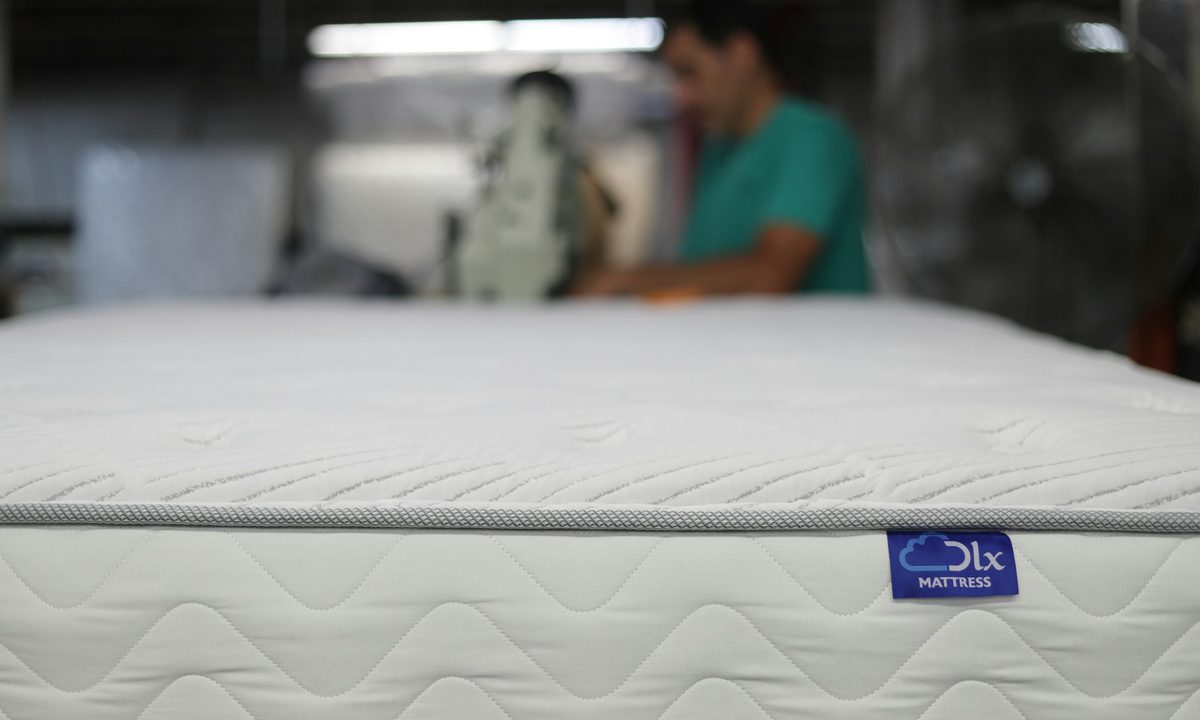If you’re planning to store your mattress for an extended period, knowing how to store a mattress properly is crucial to maintaining its quality. Whether you’re renovating your bedroom, moving, or simply saving a guest bed for future use, improper storage can lead to mold, mildew, sagging, and even structural damage. A well-stored mattress will last longer and be ready for use when you need it again.
Follow these expert tips to ensure your mattress stays in top condition while in storage!
Risks of improperly storing your mattress
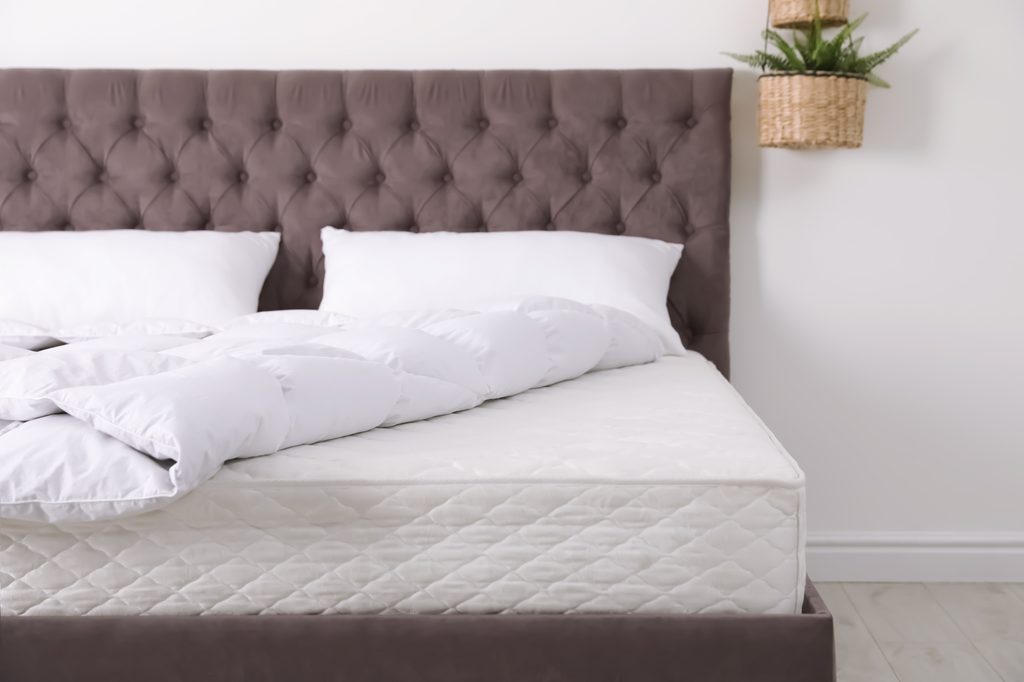
Mattresses are an investment, and failing to store them correctly can shorten their lifespan significantly. One of the most common mistakes people make is storing a mattress in a damp or poorly ventilated area, which can encourage mold growth and unpleasant odors. Without proper protection, dust, pests, and allergens can also accumulate, making the mattress unsafe and uncomfortable to sleep on later.
Additionally, storing it upright for long periods can cause the mattress to lose its shape, leading to permanent indentations or sagging. To avoid these risks, it’s essential to follow proper storage techniques.
How to store a mattress properly
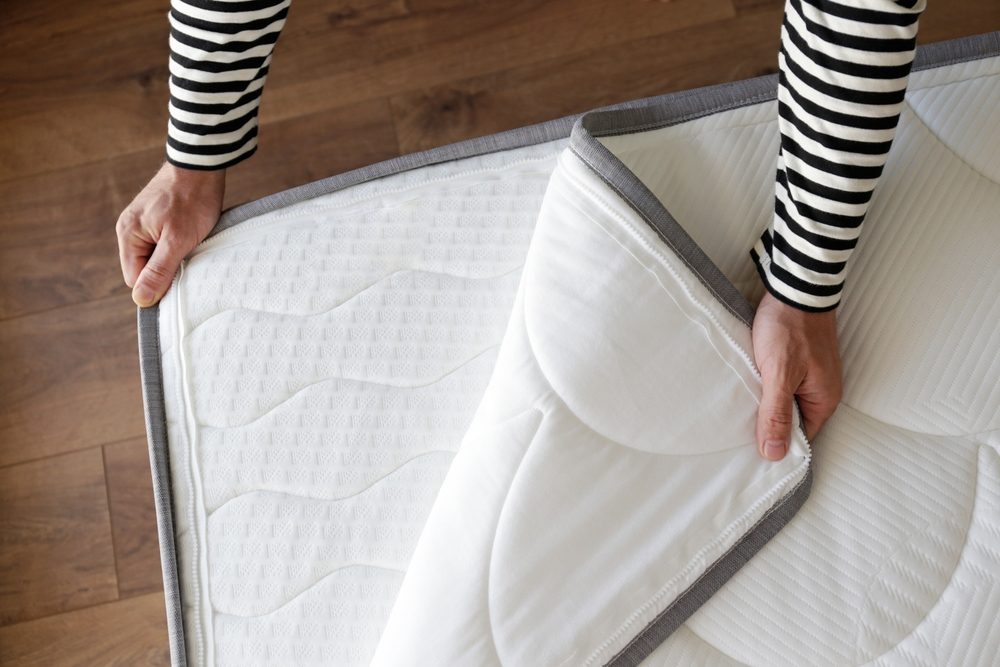
Storing a mattress the right way requires more than just setting it aside and hoping for the best. The right approach involves some key steps to keeping your mattress in excellent condition while it’s in storage.
1. Clean your mattress thoroughly
Before putting it into storage, give your mattress a deep clean to prevent bacteria, dust mites, and odors from settling in while it’s not in use:
- Start by vacuuming the entire surface, paying special attention to seams and crevices where dust and allergens tend to accumulate.
- Treat any stains with a mixture of mild detergent and warm water, being careful not to soak the material.
- Sprinkling baking soda over the mattress and letting it sit for a few hours can help absorb lingering odors.
- Once cleaned, allow it to air dry completely before storage to prevent mold and mildew from developing.
2. Choose the right storage environment
Where you store your mattress is just as important as how you store it. Ideally, you should place it in a climate-controlled storage unit or a dry, well-ventilated room inside your home. Extreme temperatures and humidity fluctuations can break down the materials in the mattress, leading to premature deterioration.
Avoid storing it in basements, attics, or garages unless these spaces are properly sealed and dehumidified. If you’re using a storage unit, look for one with humidity control to minimize the risk of moisture damage.
3. Use a mattress protector or storage bag
A high-quality mattress protector or storage bag is essential for keeping dust, dirt, and pests away. If you don’t already own a mattress protector, invest in a breathable, waterproof cover designed for long-term storage.
Plastic wrap can be tempting, but it can trap moisture inside, leading to mold growth over time. Instead, choose a fabric or ventilated plastic cover that provides protection while allowing air circulation. This extra layer of defense will help preserve the cleanliness and integrity of your mattress.
4. Store it flat — not vertically
Many people assume that storing a mattress upright is a space-saving solution, but this can lead to structural damage over time. Mattresses are designed to lie flat, and prolonged vertical storage can cause the materials inside to shift or sag. If possible, place the mattress on a flat, elevated surface, such as wooden pallets or a solid base, to keep it off the floor and protect it from potential moisture buildup. Avoid placing heavy objects on top, as this can lead to permanent indentations.
5. Check up on your stored mattress regularly
Even when stored correctly, it’s a good idea to inspect your mattress periodically to ensure it remains in good condition. Check for signs of mold, pests, or damage, and air it out every few months if possible. If you notice any musty smells, bring the mattress outside on a dry, sunny day to freshen it up. Keeping an eye on your mattress will help you catch and address potential issues before they become major problems.
How do you keep a mattress from molding in storage?
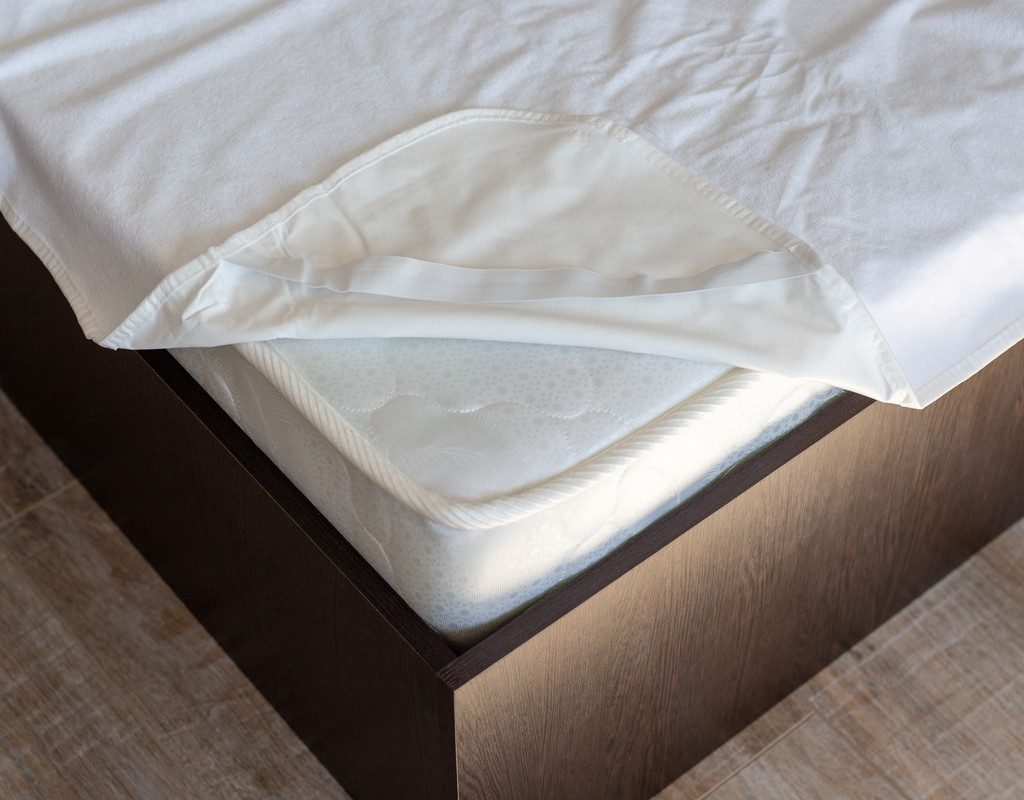
Preventing mold growth starts with choosing the right storage environment. Moisture is the primary culprit behind mold and mildew, so it’s important to store your mattress in a dry, well-ventilated space. Using moisture-absorbing products like silica gel packets or a dehumidifier can help regulate humidity levels in the storage area.
If storing in a basement or garage, consider placing a tarp or plastic sheet underneath the mattress to prevent ground moisture from seeping in. Additionally, avoid sealing the mattress in non-breathable plastic wrap, as this can trap condensation and encourage mold growth.
How do you freshen up a mattress that has been in storage?
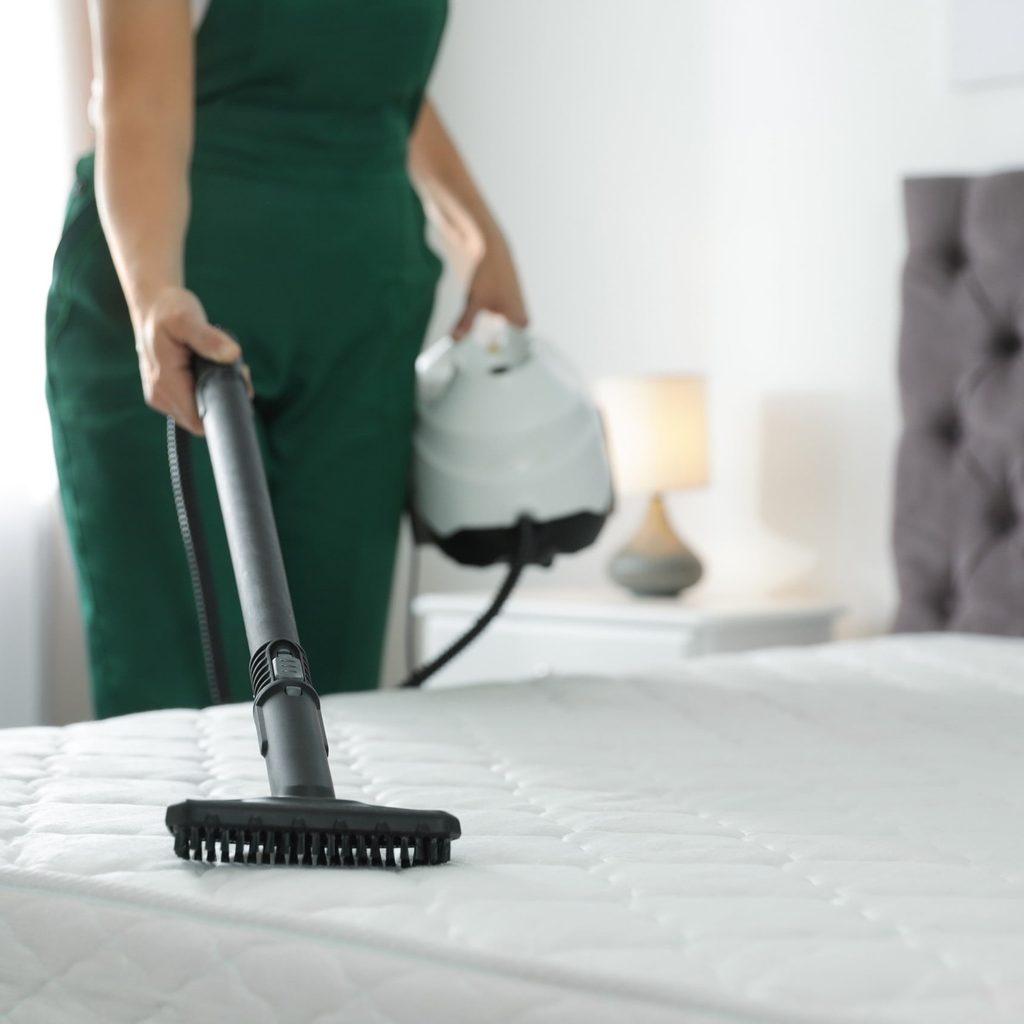
If your mattress has been in storage for a while and has developed a stale odor, there are a few easy ways to refresh it.
- Start by vacuuming the entire surface to remove dust and debris.
- Sprinkle baking soda over the mattress and let it sit for several hours to absorb any lingering smells.
- If possible, place the mattress outside in direct sunlight for a few hours, as fresh air and UV rays can help eliminate bacteria and odors.
- You can also use a fabric refresher spray or a light mist of diluted essential oils, such as lavender or tea tree oil, to add a clean scent before use.
Properly storing a mattress takes a little extra effort, but it’s well worth it to preserve its quality and longevity. With the right approach, your mattress will stay in top shape, ready to provide a comfortable night’s sleep whenever you need it. Follow these steps and enjoy your mattress for years to come.
